Venomous Snakes Of The Amazon Basin
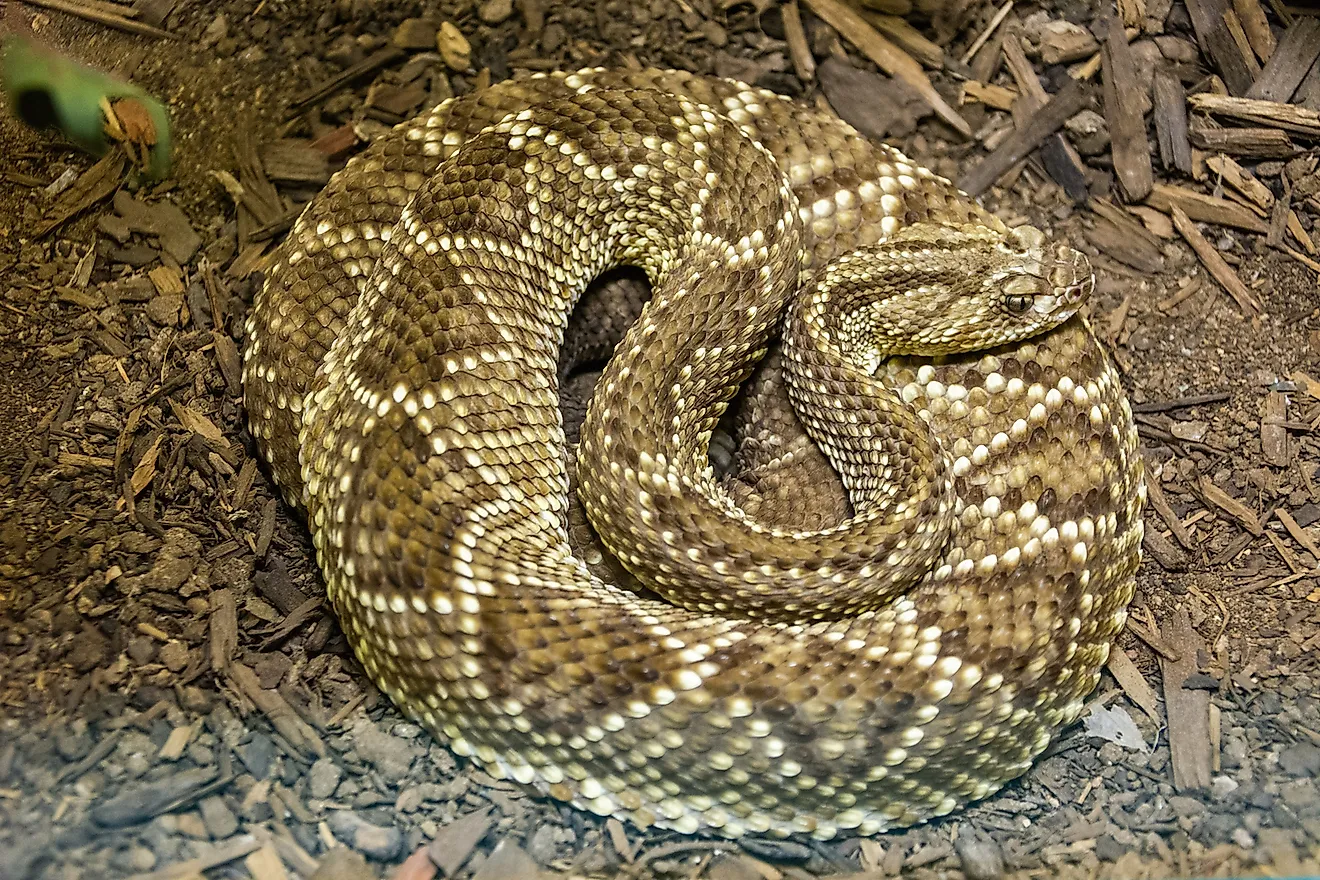
- The bushmaster snake is the longest venomous snake found in the Americas and can be up to 10 feet (3 meters) long.
- Coral snakes are identified by their black, red and yellow markings, and some are aquatic.
- The mussurana can kill its prey using both constriction and venom, but not usually on the same prey.
The Amazon rainforest is a vast and alluring place. It covers approximately the same amount of land as 48 US states, adding up to 2.72 million square miles (6.9 million square kilometers) of green foliage, and is home to many things that can kill you. Jaguars, infected mosquitoes, large crocodiles, you name it: you might not last longer than ten minutes if you do not know where you are going in this place.
One of the most feared animals of the jungle are venomous snakes.
Venomous snakes kill their prey by injecting poison into their victim when they bite. Each venom is unique, but generally speaking, these liquids kill you by attacking your circulatory system, or your nervous system. Some venoms trigger many tiny blood clots to form and punch holes in your blood vessels causing them to leak, and you to bleed to death. Others fatally increase your blood pressure, or decrease it. Others still can stop the signals from your nerves from traveling to your muscles, essentially paralyzing you until you can no longer breathe.
Here are ten venomous snakes in the Amazon rainforest that you would not want to approach.
10. Bushmaster L. muta
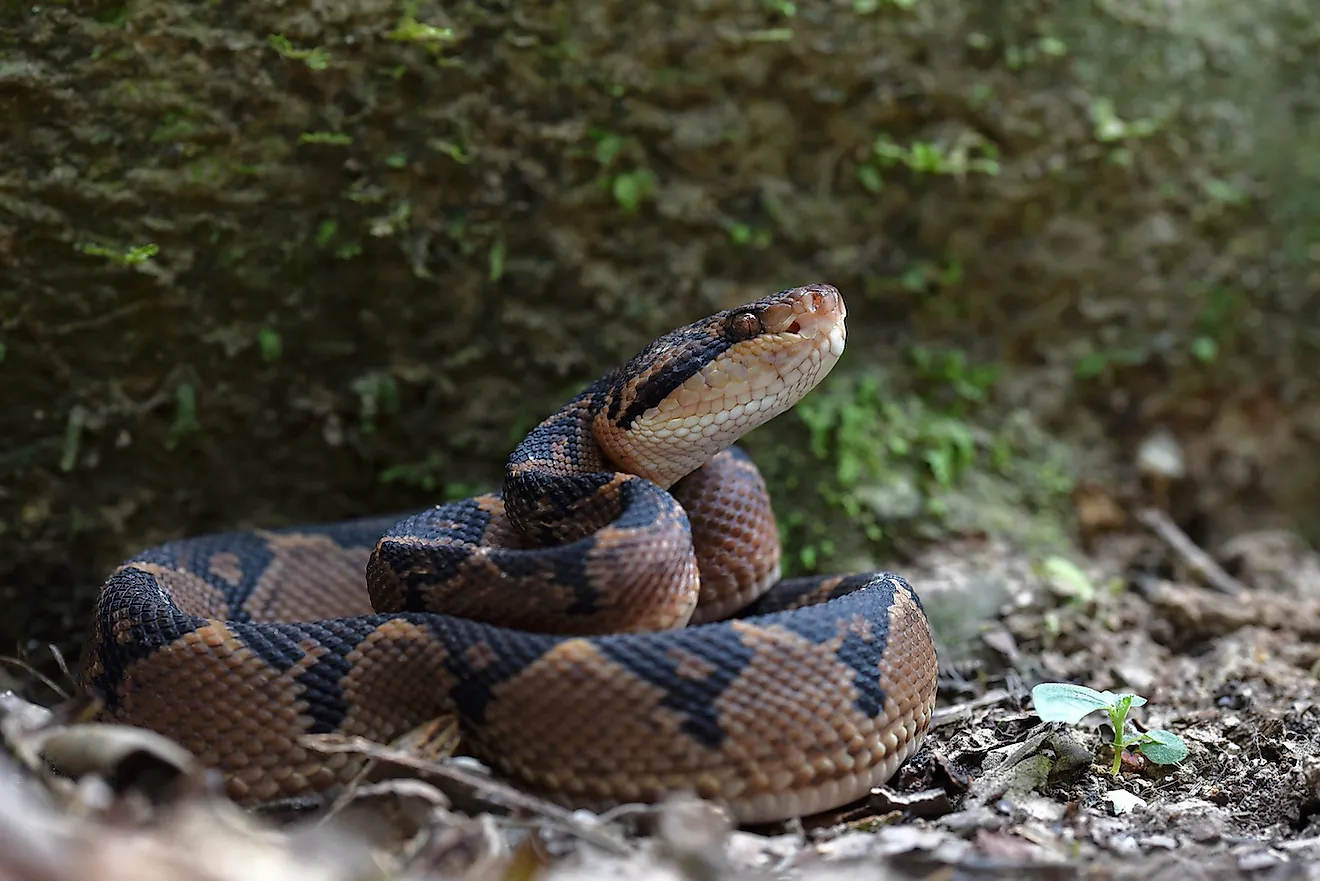
The bushmaster snake is a reddish-brown or pinkish-grey animal that is the longest venomous snake in the Americas. It can be found living in forests along the Amazon River basin up to Costa Rica, and can grow to be up to 10 feet (3 meters) long. There are three known types of bushmasters, and each is strongly venomous. These snakes are pit vipers, which means they have infrared pits located on their heads between their eyes and nostrils.These snakes use these depressions to sniff out their prey, which are often small rodents.
Amazingly, a bushmaster can survive on as few as ten large meals in one whole year, meaning they can last a long time between meals. These snakes typically eat small rodents, but they do not chase them down. Bushmasters are masters of patience, and will wait to strike their prey on the routes their victims are known to travel. These include ground trails, and fallen limbs- anywhere that a small rodent might scurry along. Bushmaster snakes bite their prey to poison them, and then wait for their meal to die. This snake will then swallow their victims head-first.
People bitten by the Lachesis muta bushmaster of the Amazon have been known to develop pain at the site of the bite, nausea, vomiting, diarrhoea, and sweating.
9. Bushmaster L. stenophrys
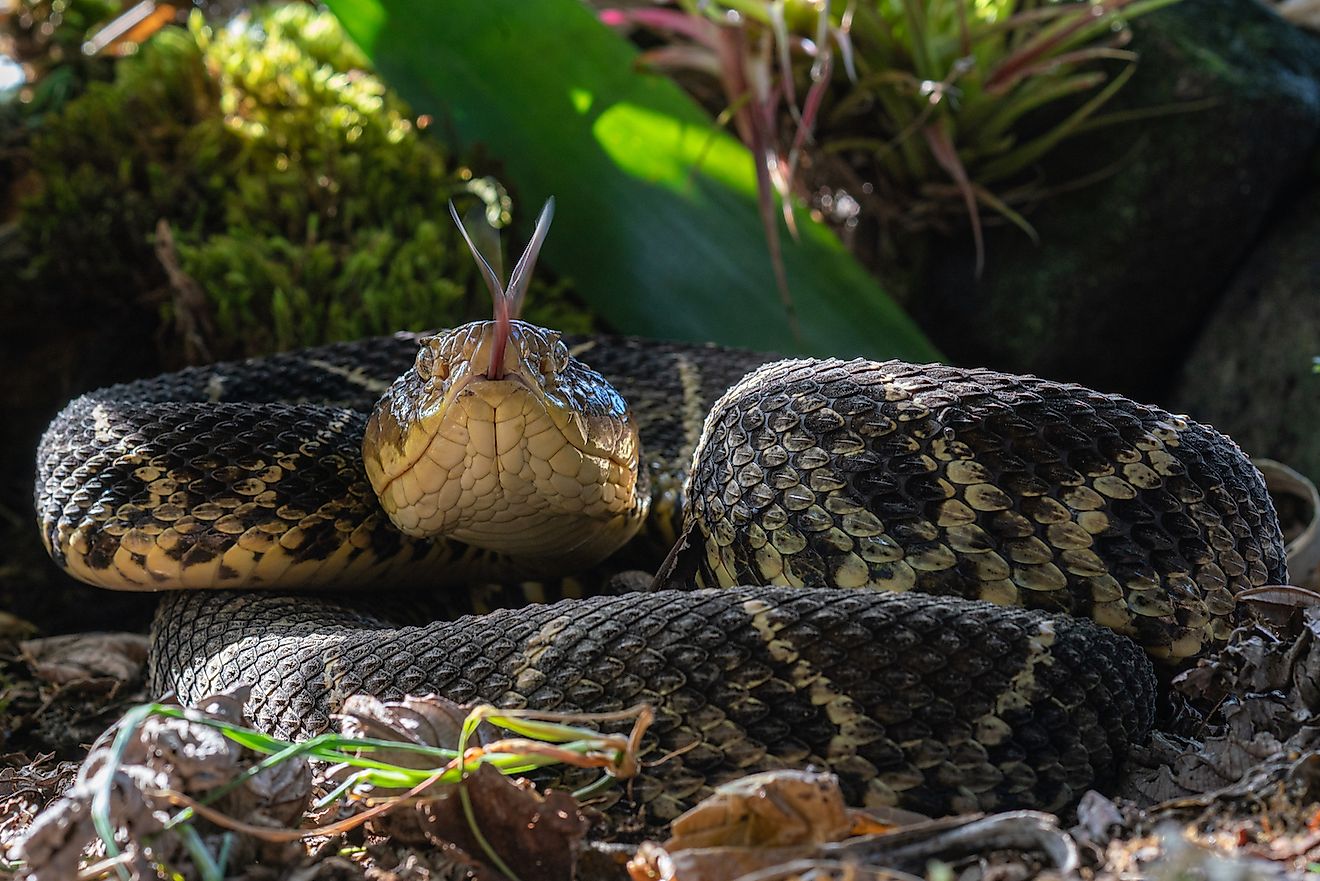
A second type of bushmaster snake in the Amazon rainforest is the stenophrys species, also known as the Central American Bushmaster. This snake is similar to that listed above and is found in Nicaragua, Costa Rica, Panama, northwestern Ecuador, the Pacific Lowlands of Colombia as well as the Caribbean coast of the country’s northwest and inland along Colombia’s Magdalena and Cauca river valleys. It is as venomous as the other types of bushmasters, and often somewhat smaller than the muta.
8. Bushmaster L. melanocephala
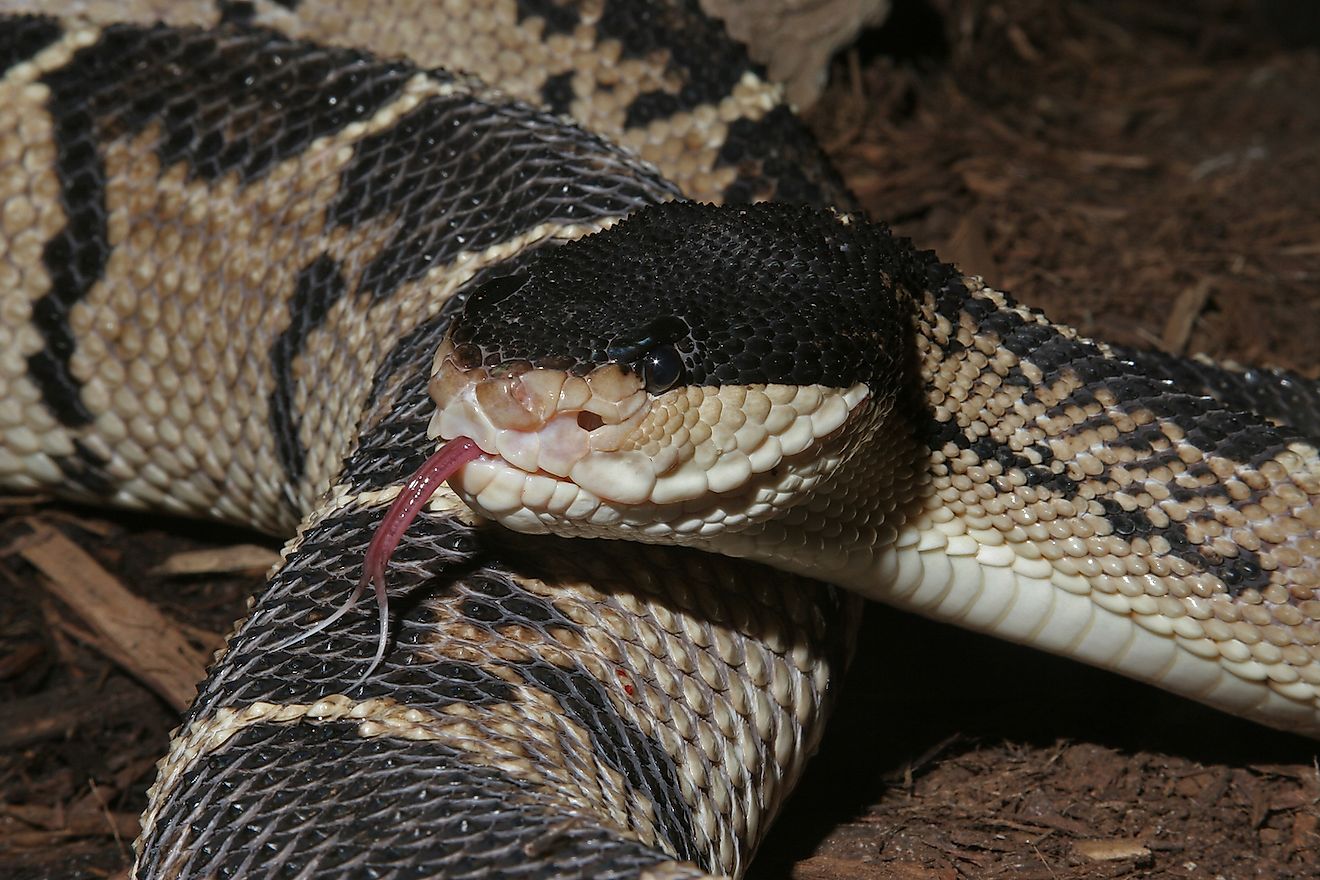
This final type of bushmaster is found in Costa Rica, and it is also commonly called the black-headed bushmaster. This type may be the rarest of the bushmasters. It spends most of its time hiding from the world underground, and as a prime part of the tropical ecosystem, this snake plays a key role in balancing the life of its environment.
7. Eyelash Viper
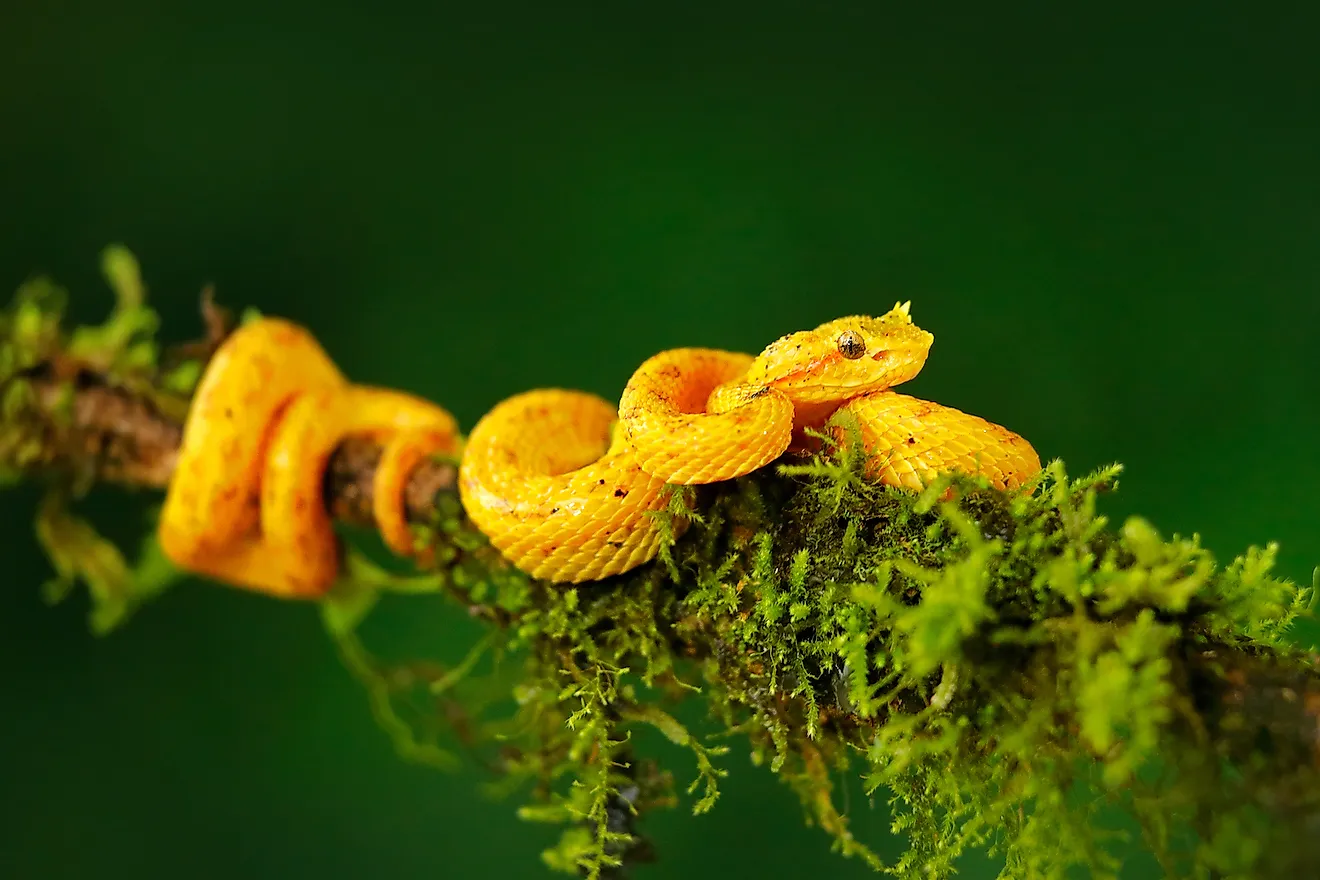
This sneaky snake can actually be your worst enemy. It is one of the smallest venomous snakes in Central America, and it is only typically about 15 to 20 inches long. Do not be deceived, however: it is also one of the most poisonous snakes about. The eyelash viper can be a vibrant yellow color, but is more often found in gray or rust mottling. It lives in trees and palms, and gets its name from the scales that protrude above its eyes, appearing as eye lashes.
Thankfully this snake is pretty non-aggressive, and so it does not bite often. When it does strike, it is usually attacking a lizard or small bird that it is about to eat for super. If this snake bites a human however, medical attention is needed quickly, as its venom is strong.
6. Amazon Coral Snake
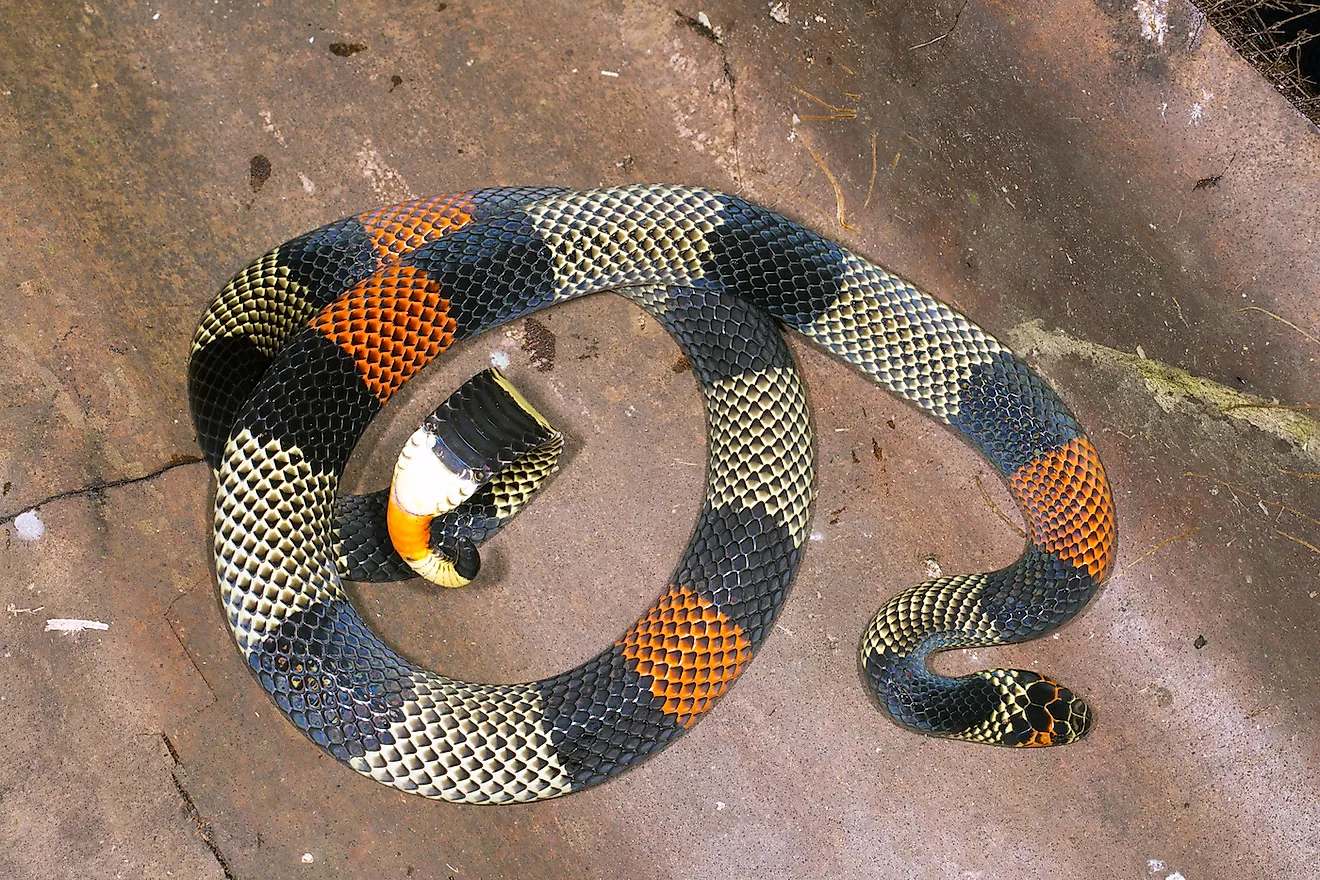
Coral snakes are extremely toxic, and are said to have one of the strongest venoms of any snake on Earth. These snakes are relatively easy to identify by their brightly colored patterned bodies that are often red, black and yellow. Many non-venomous snakes mimic the coloration of the coral snake in order to appear more dangerous than they are. There is a rhyme that is said to help people remember which type of coral-looking snake is the real thing. By recalling the words, “Red and yellow, can kill a fellow; Red and black, friend of Jack,” you could protect yourself should you meet with one.
If you locate a leaf pile in the Amazon rainforest, know that this is a favourite habitat for the coral snake found in jungle areas, as well as being underground. Coral snakes, like other animals in this list, like to feast on lizards and other snakes.
Coral snake fangs are weak compared to those of other venomous snakes. The fangs are always showing, as they cannot be retracted. The scary thing is that coral snake bites do not initially cause much pain in humans, nor any swelling, and it can take hours for any symptoms to appear. If you do not get the correct antivenom in time however, you can suffer from double vision, slurred speech, and eventually, fatal paralysis, and cardiac arrest.
5. Aquatic Coral Snake
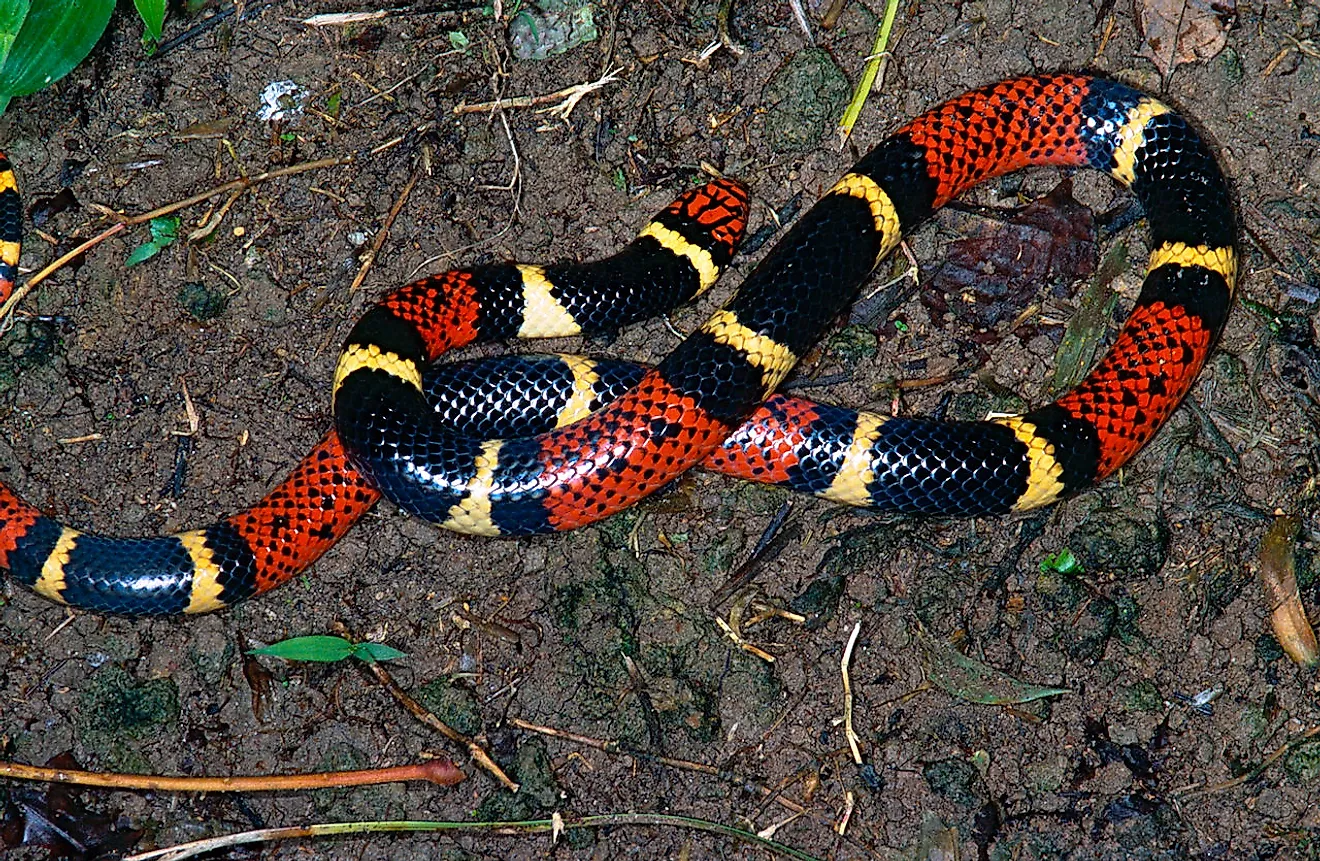
This snake is found in northern South America, and it prefers feeding on fish. It shares its coloring with Amazonian coral snake, but spends the bulk of its time in the water, and is also venomous.
4. Mussurana
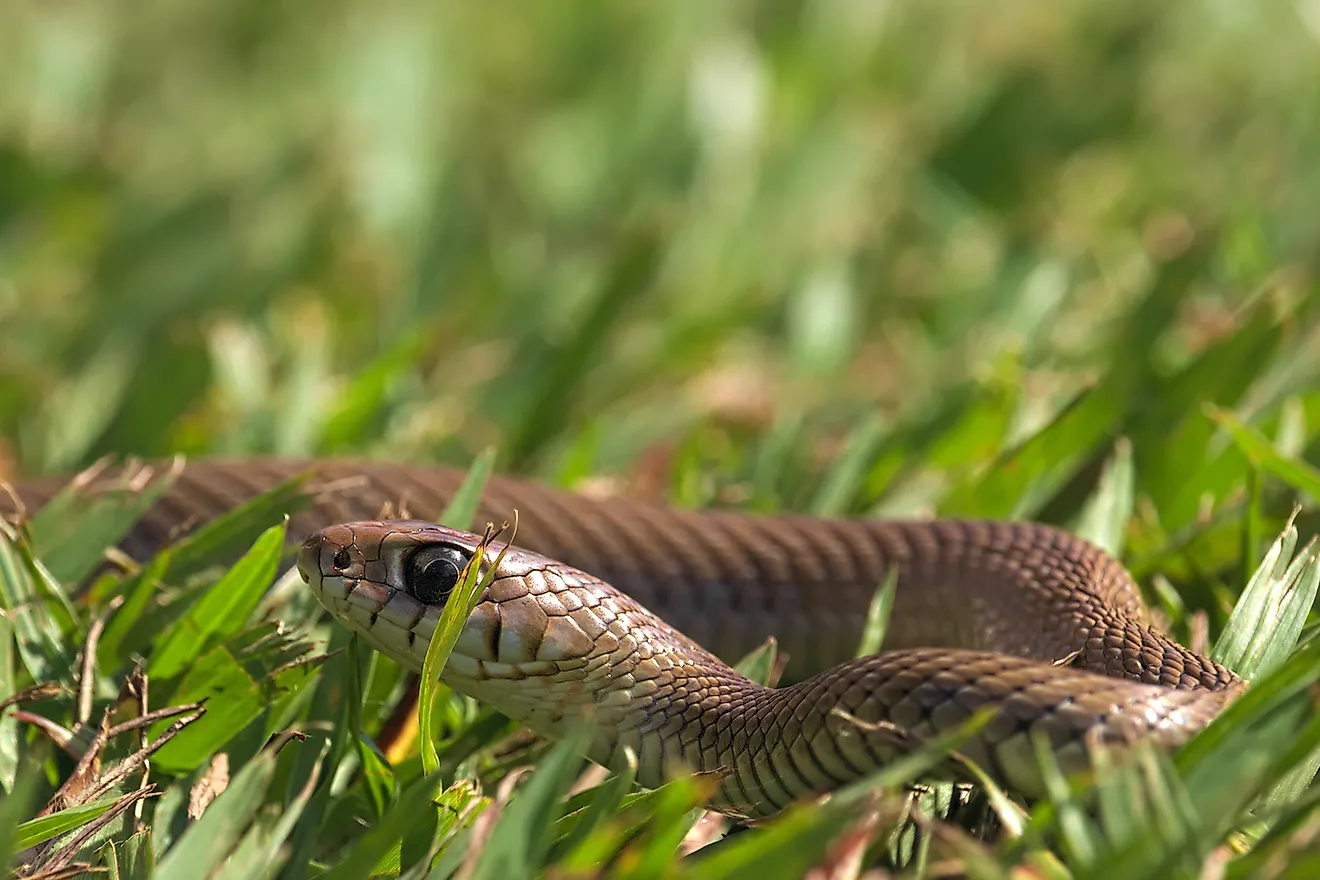
The mussurana is a tropical rear-fanged snake that preys on rodents and other snakes. Interestingly, this snake can kill creatures using both venom and constriction. The mussurana can grow to be quite long- up to seven feet- and is a blue-black, or brown color with a white stripe on its belly. It preys upon the fer-de-lance, and is largely immune to this snake’s venom. The mussurana is endemic to both Central and South America.
3. Pit Viper
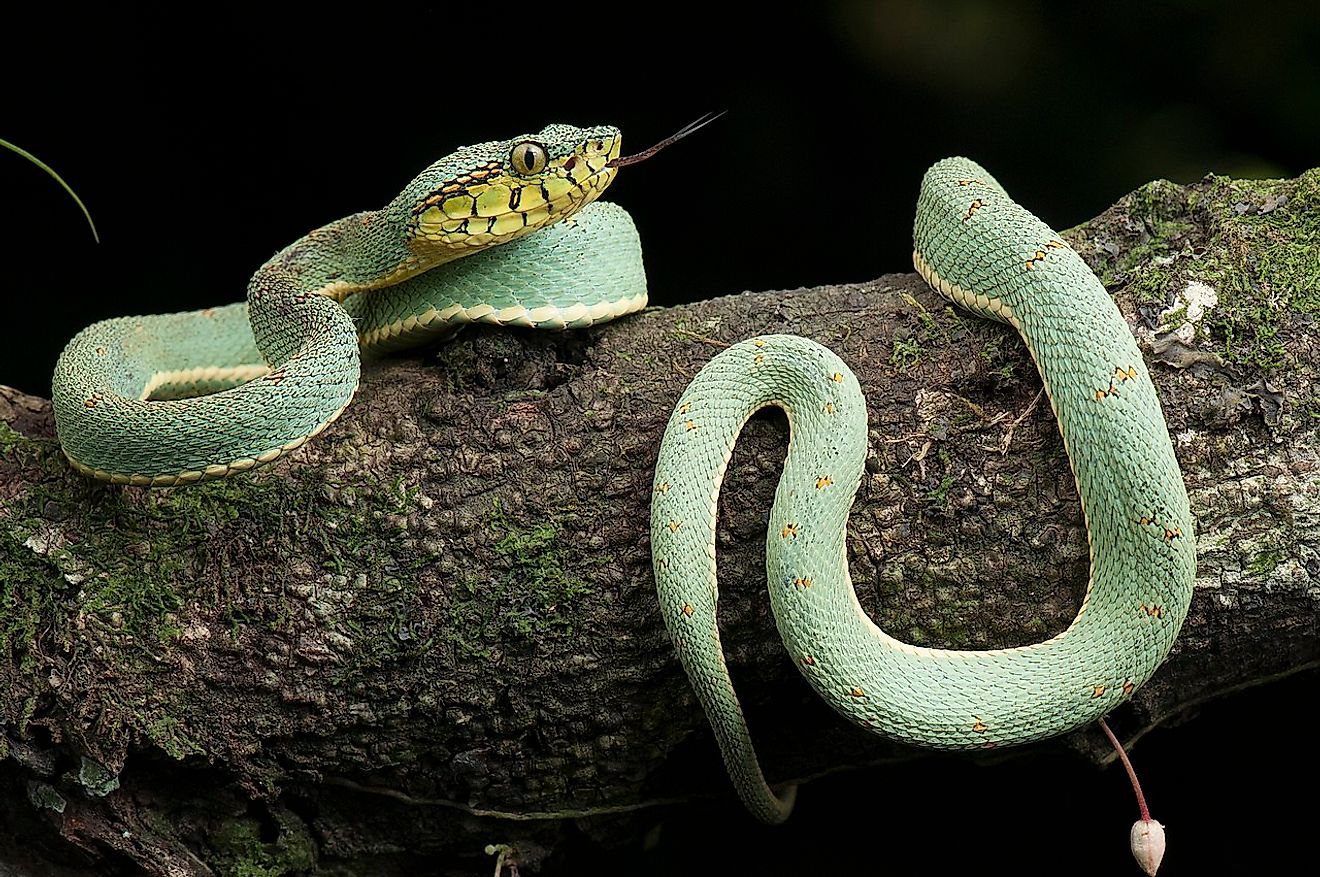
This is a larger group of venomous snakes, consisting of many different species. Vipers eat small animals by striking them with their venomous fangs. They have long hollow fangs that fold back into their jaw when their owner is not using them. The viper family includes other snakes in this list, such as rattlesnakes, and fer-de-lances, and also covers copperheads and water moccasins.
2. False fer-de-lance
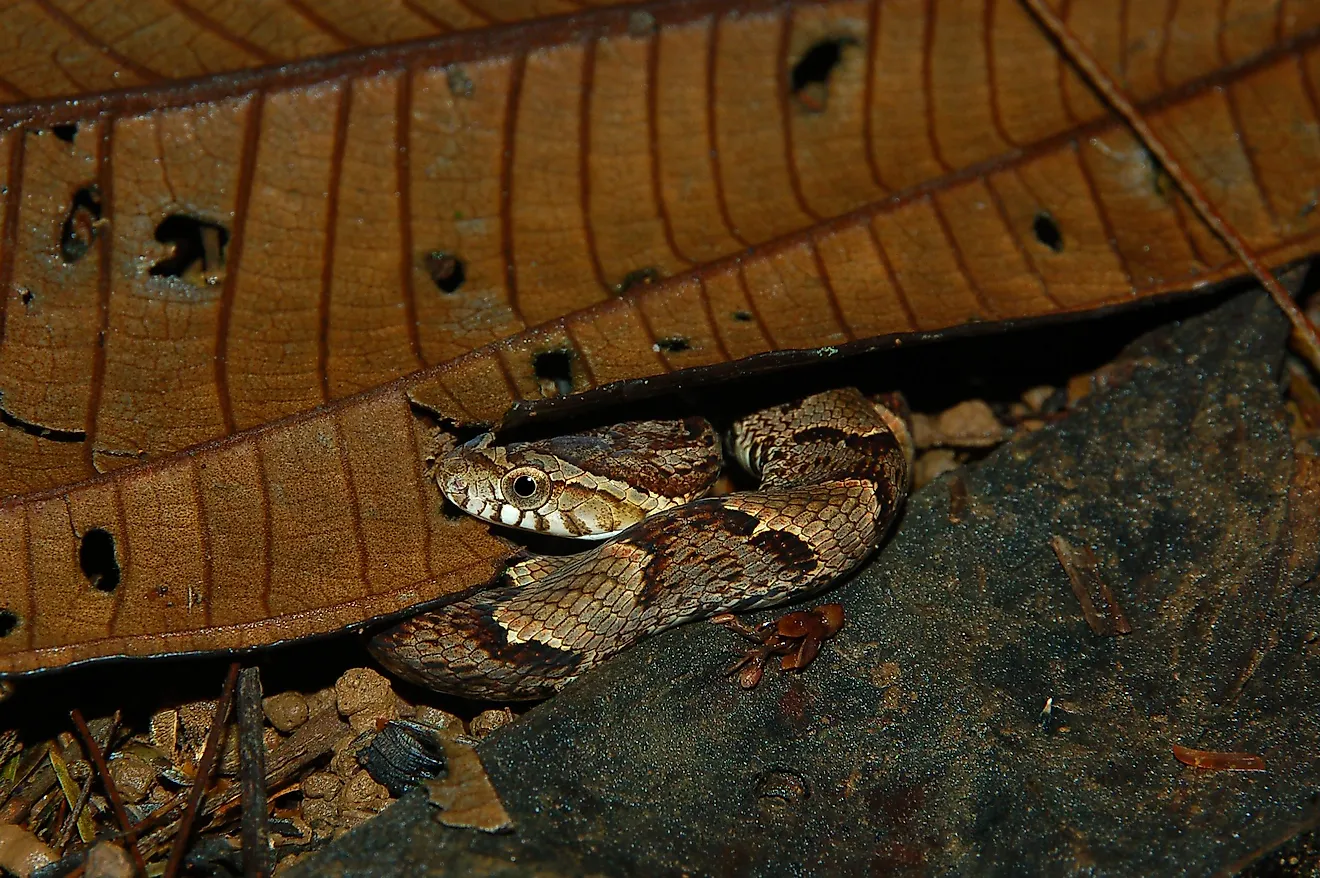
These extremely venomous snakes are pit vipers. These snakes have unusual markings, and are gray or brown, with black-edged diamond bordering each of its sides. The jumping viper is a type of fer-de-lance that is found in Central America that can be about 2 feet long. It moves so much when it strikes, it is as if it were jumping off the ground.
1. South American Rattlesnake
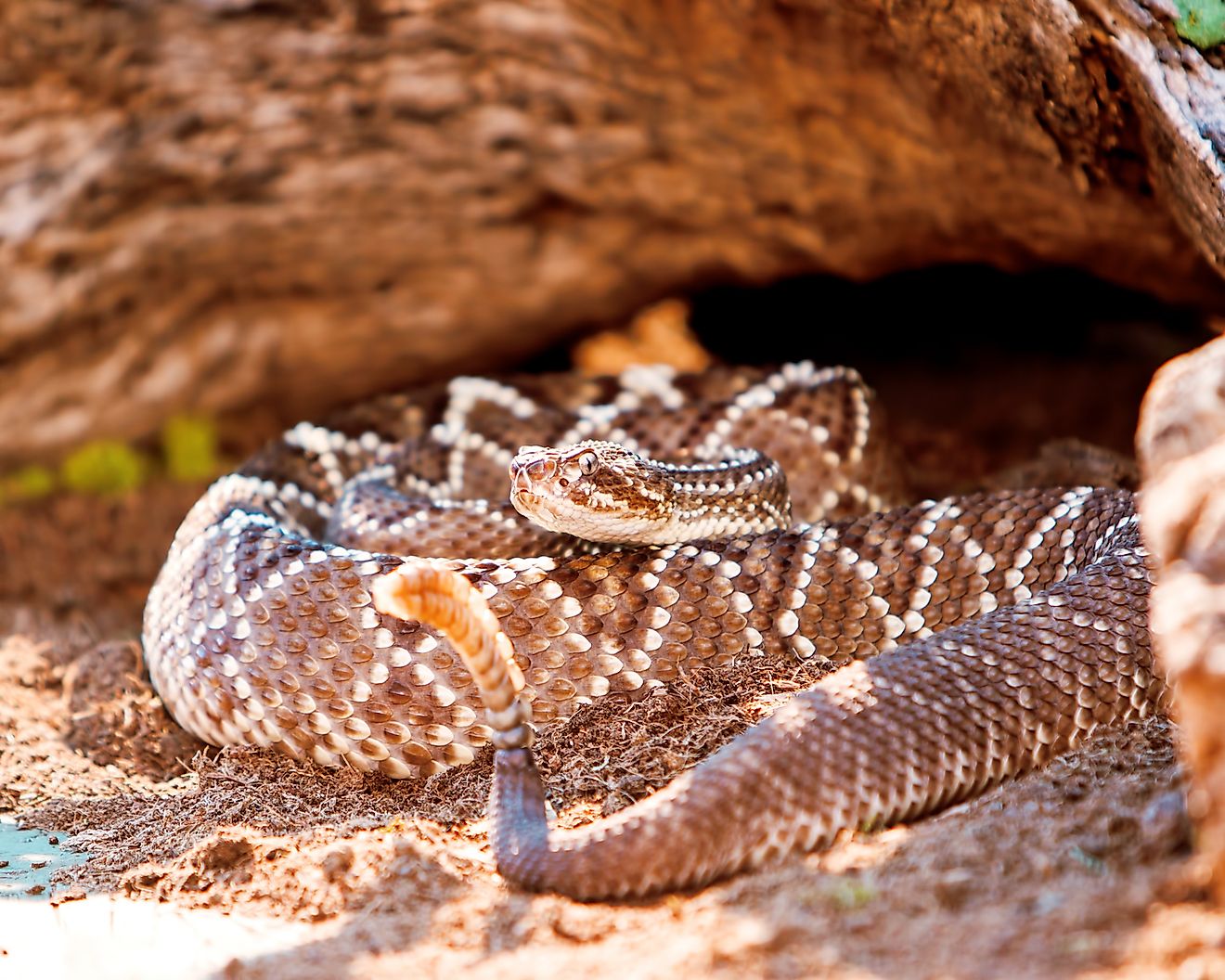
The South American Rattlesnake lives in the savannah regions of the Amazon. Like other venomous snakes, they can cause paralysis in their victims, as well as impaired vision. The venom of this rattler is said to be stronger than that of others. This snake is a pit viper and hunts small rodents as the sun goes down. This snake has a distinct triangular-shaped head with fangs of about 4 to 6 inches long that fold back into its mouth when shut. This serpent hides underground or among rocks during the day, to seek refuge from the sun.











